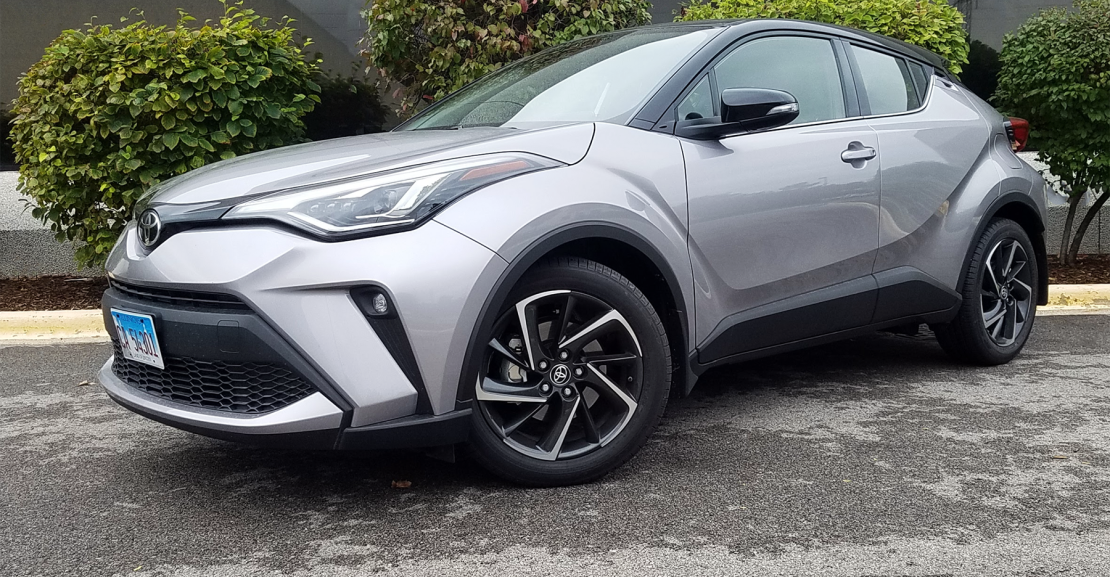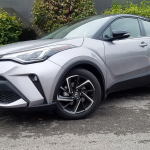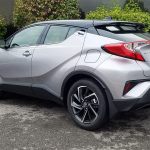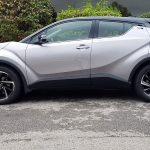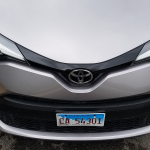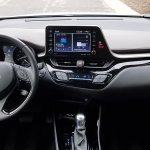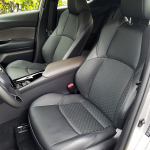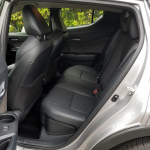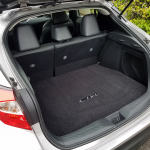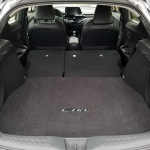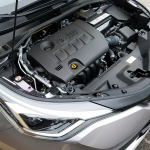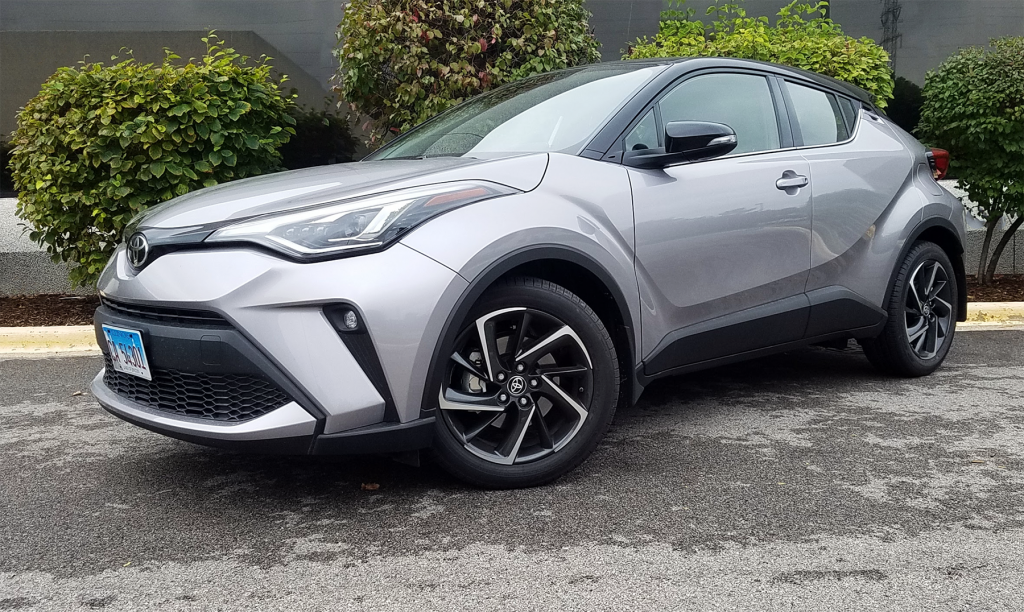
2020 Toyota C-HR Limited
Class: Subcompact Crossover
Miles driven: 232
Fuel used: 8.2 gallons
| CG Report Card | |
|---|---|
| Room and Comfort | C+ |
| Power and Performance | C |
| Fit and Finish | B |
| Fuel Economy | B+ |
| Value | B |
| Report-card grades are derived from a consensus of test-driver evaluations. All grades are versus other vehicles in the same class. Value grade is for specific trim level evaluated, and may not reflect Consumer Guide's impressions of the entire model lineup. | |
| Big & Tall Comfort | |
| Big Guy | B- |
| Tall Guy | C+ |
| Big & Tall comfort ratings are for front seats only. "Big" rating based on male tester weighing approximately 350 pounds, "Tall" rating based on 6'6"-tall male tester. | |
| Drivetrain | |
| Engine Specs | 144-hp 2.0L |
| Engine Type | 4-cylinder |
| Transmission | CVT automatic |
| Drive Wheels | Front-wheel drive |
Real-world fuel economy: 28.3 mpg
Driving mix: 75% city, 25% highway
EPA-estimated fuel economy: 27/31/29 (city/highway/combined)
Fuel type: Regular gas
Base price: $26,350 (not including $1120 destination charge)
Options on test car: Audio Plus with HD Radio ($465), two-tone paint ($500), carpeted floor mats/cargo mat ($269), door sill protectors ($199), mudguards ($129)
Price as tested: $29,032
Quick Hits
The great: Pleasant ride and handling balance, build quality, solid-feeling body structure
The good: One-of-a-kind styling inside and out
The not so good: Rakish rear roofline compromises cargo versatility and rear visibility; all-wheel drive isn’t available
More C-HR price and availability information
CG Says:
The Toyota C-HR is a subcompact crossover SUV that “crosses over” more than most. With its extra-swoopy styling (both inside and out) and lack of available all-wheel drive, it’s one of the most car-like vehicles in its class. Now that Toyota has essentially exited the subcompact-car category in the U.S. (the Mazda-built Toyota Yaris and Yaris Hatchback were both dropped for 2021), the C-HR and the Corolla compact car are now the entry-level vehicles in Toyota’s model lineup. The Corolla has a starting price of $20,025, and the C-HR isn’t far up the ladder—it starts at $21,545.
The C-HR debuted for 2018 as Toyota’s entry in the growing subcompact SUV segment, and has seen minor updates since then. For 2019, an entry-level LE trim level was added, and a Limited model took the place of the XLE Premium as the topline trim level. For 2020, the front-end styling was refreshed, Android Auto connectivity was made standard, and the Limited added standard adaptive headlights and an 8-way power driver’s seat. For 2021, the Toyota Safety Sense 2.5 suite of safety equipment is now standard across the board, and a Nightshade Edition joins the lineup. The Nightshade is based on the midline XLE model and, as its name suggests, adds blacked-out exterior trim elements and black 18-inch alloy wheels.
You can check out our original First Spin report, plus our reviews of a 2018 XLE and a 2019 Limited model, for more details on the C-HR’s accommodations and driving manners. Our test vehicle here is a 2020 Limited that’s been optioned up about as much as a C-HR can be, and it checks in under the $30K mark.
Toyota C-HR Limited Gallery
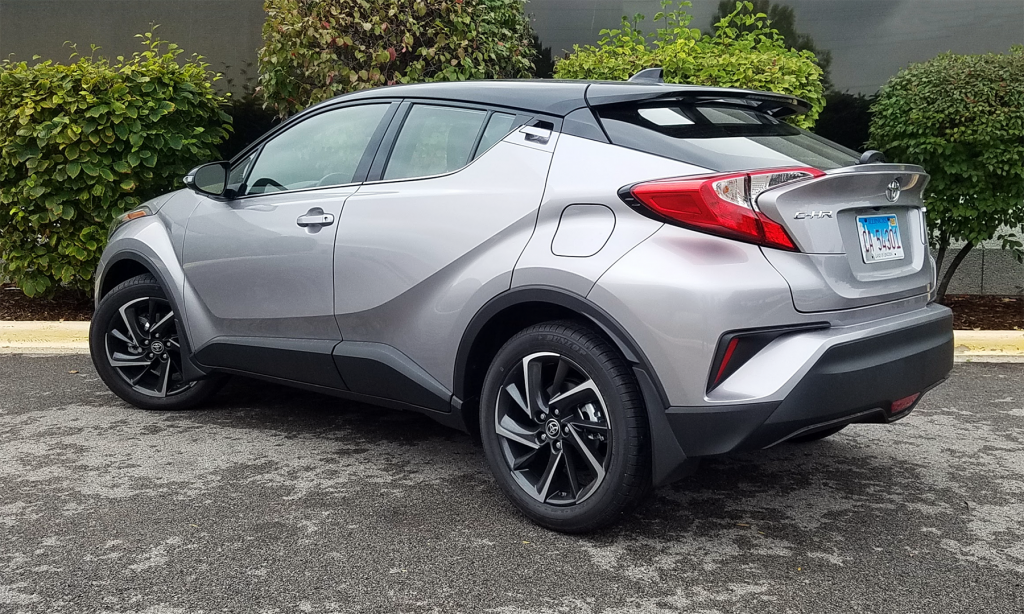
Quick Spin: 2020 Toyota Corolla Hatchback XSE
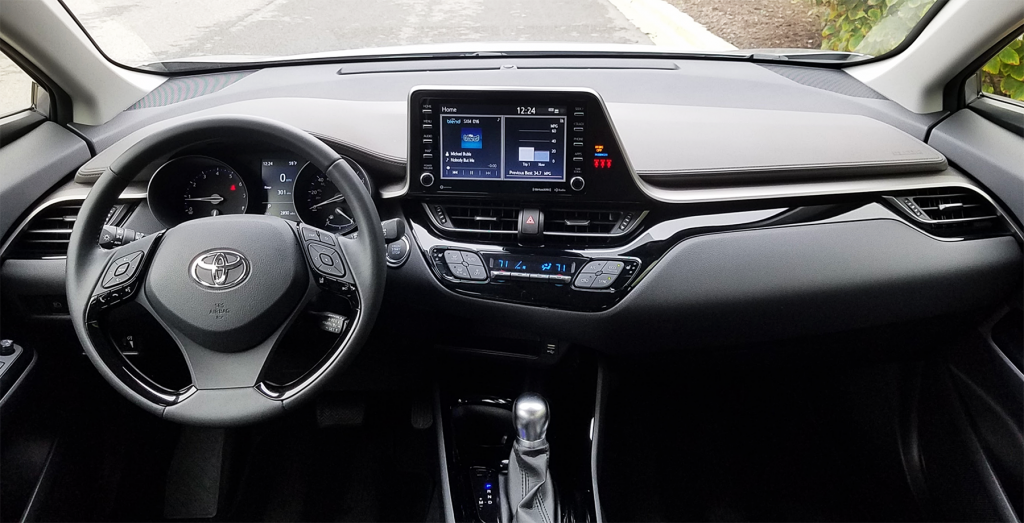
Test Drive: 2019 Toyota C-HR Limited
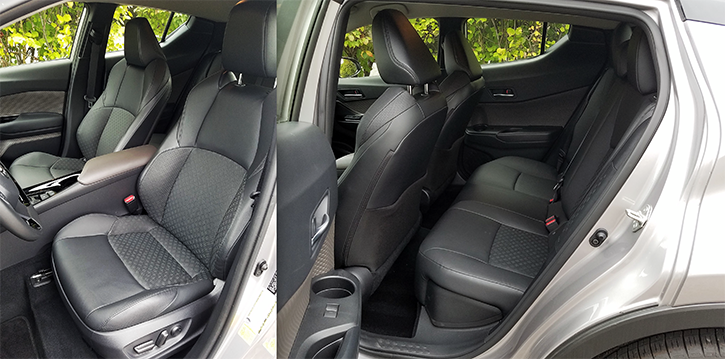
Should I Buy a Car or Crossover?
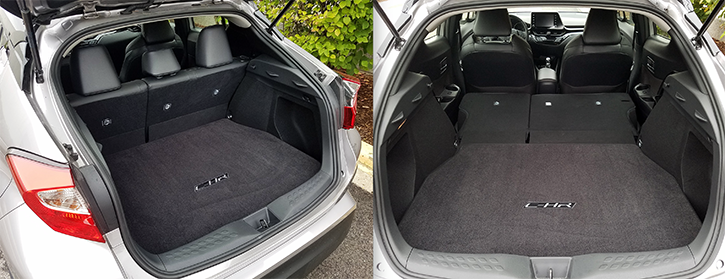
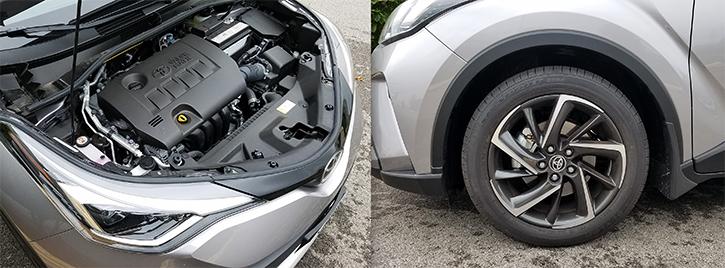
Test Drive: 2020 Hyundai Kona Ultimate

Test Drive: 2021 Chevrolet Trailblazer LT
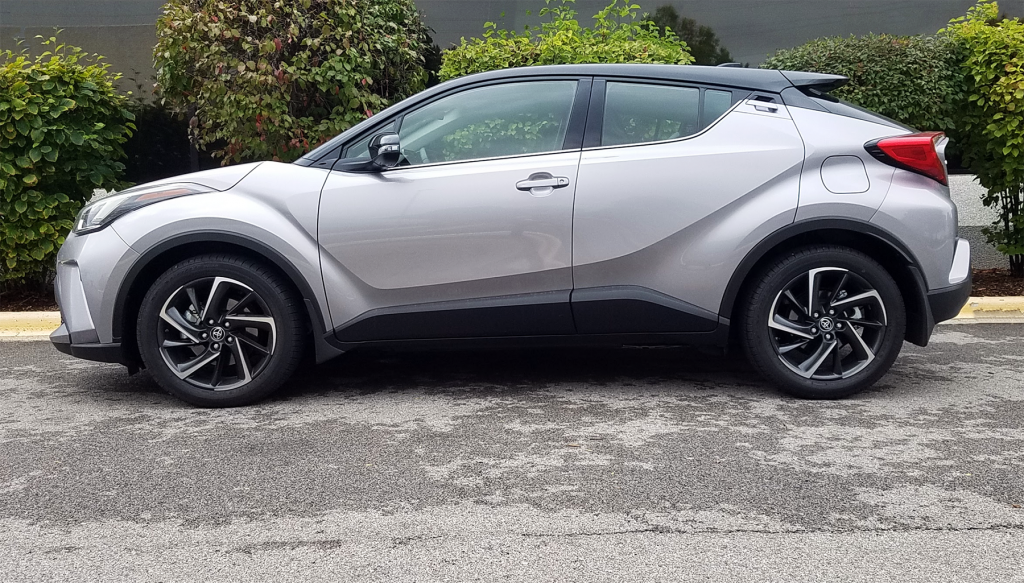
Listen to the very entertaining Consumer Guide Car Stuff Podcast
2020 Toyota C-HR Gallery
(Click below for enlarged images)

